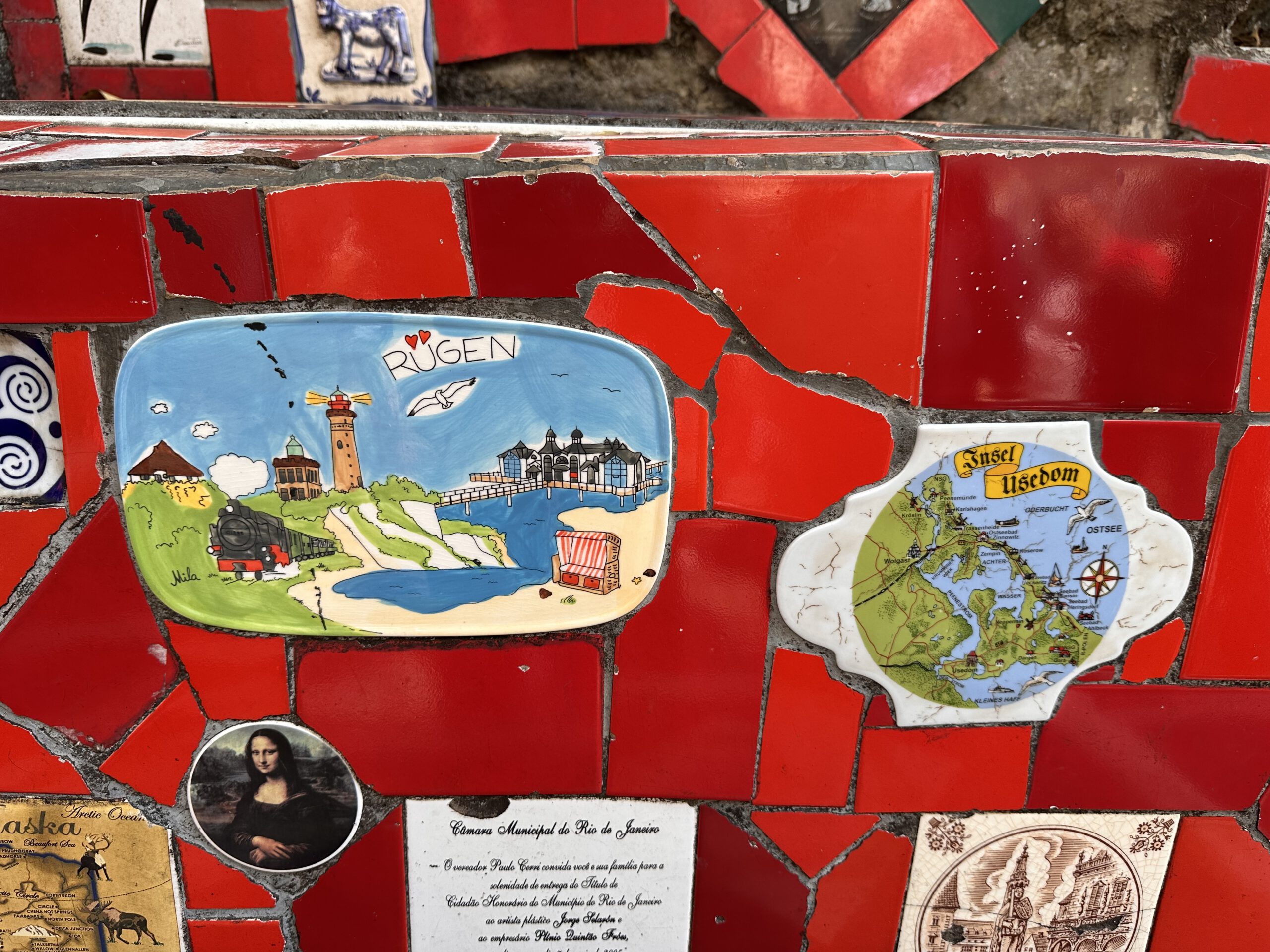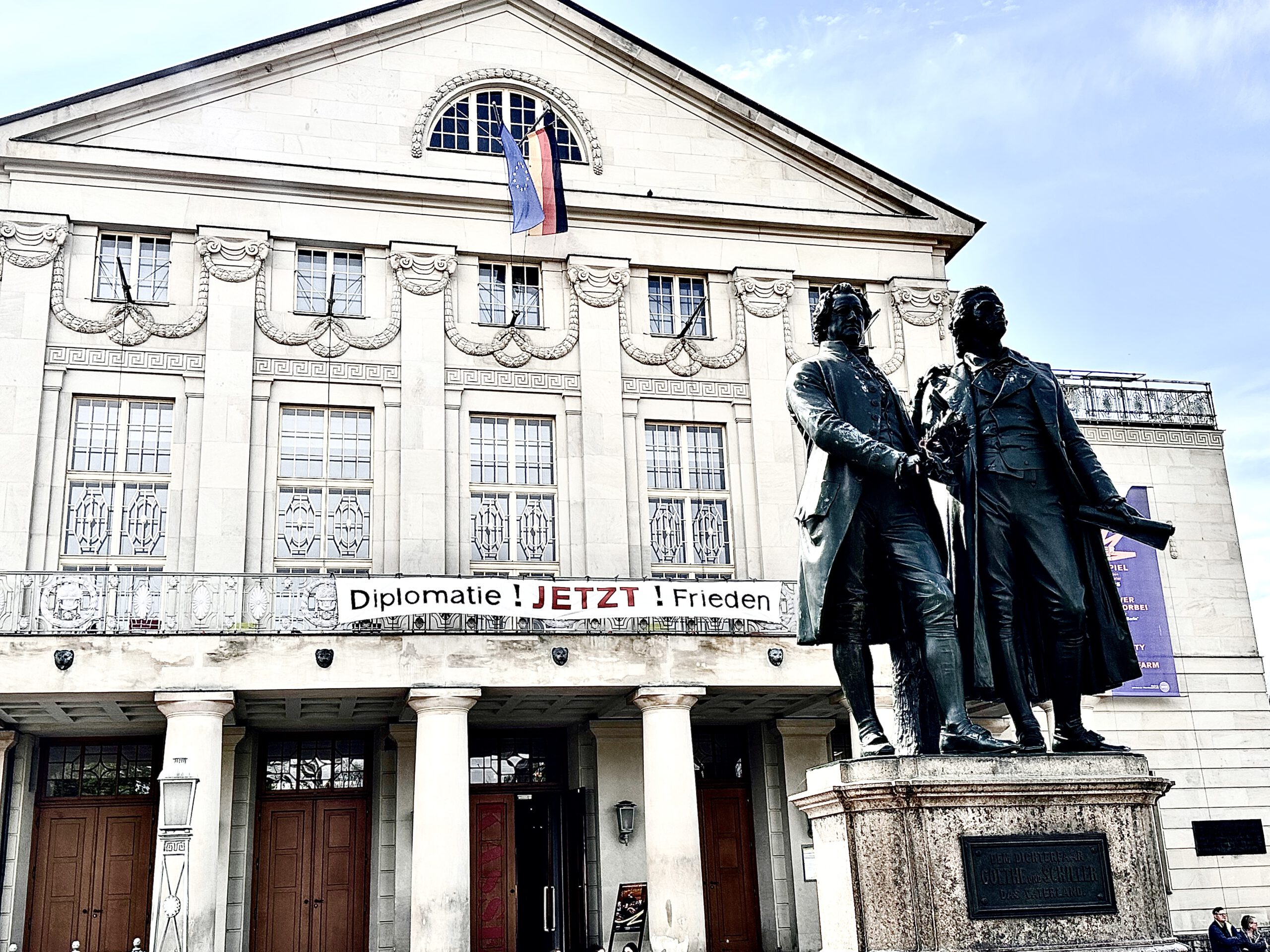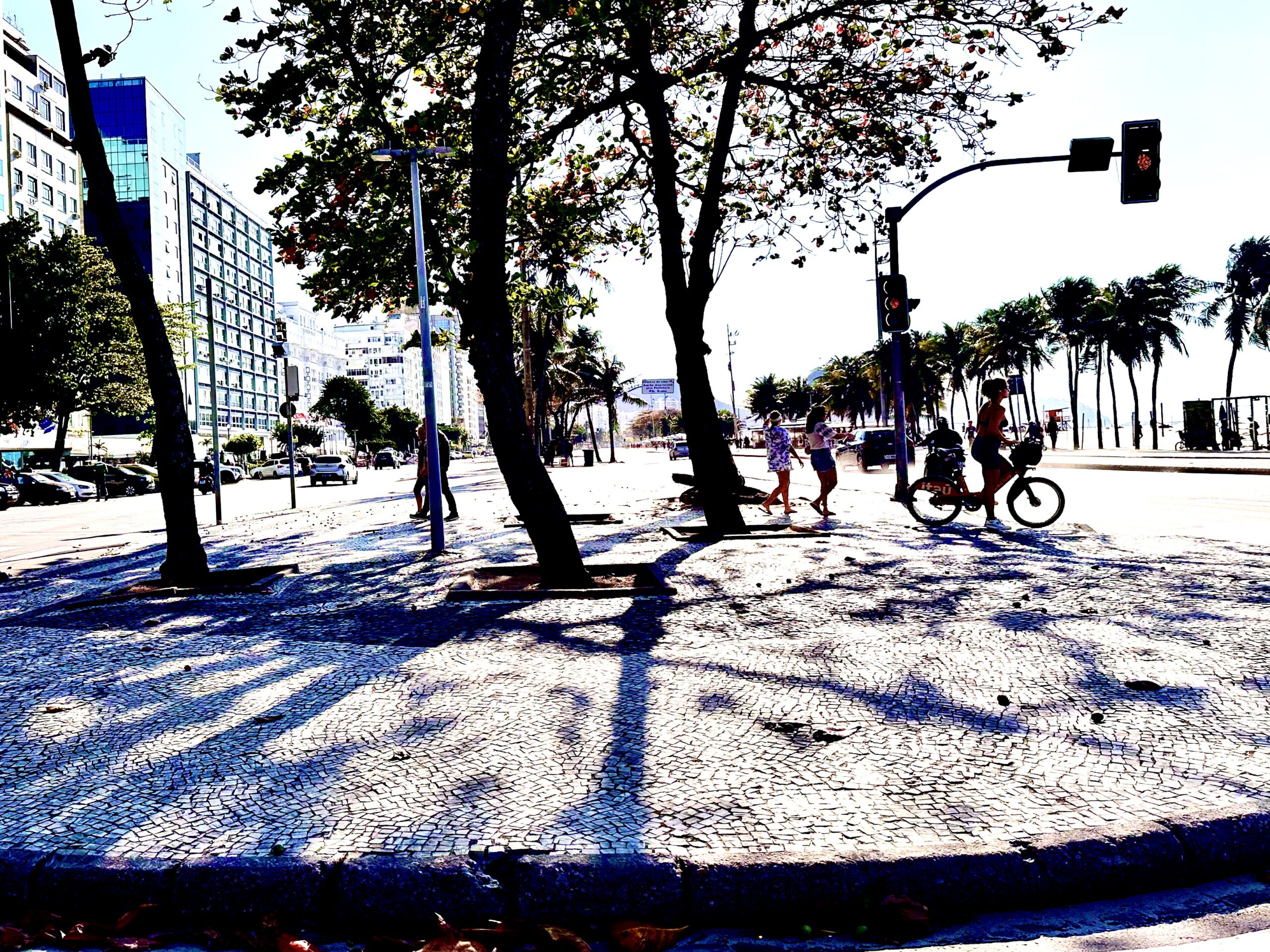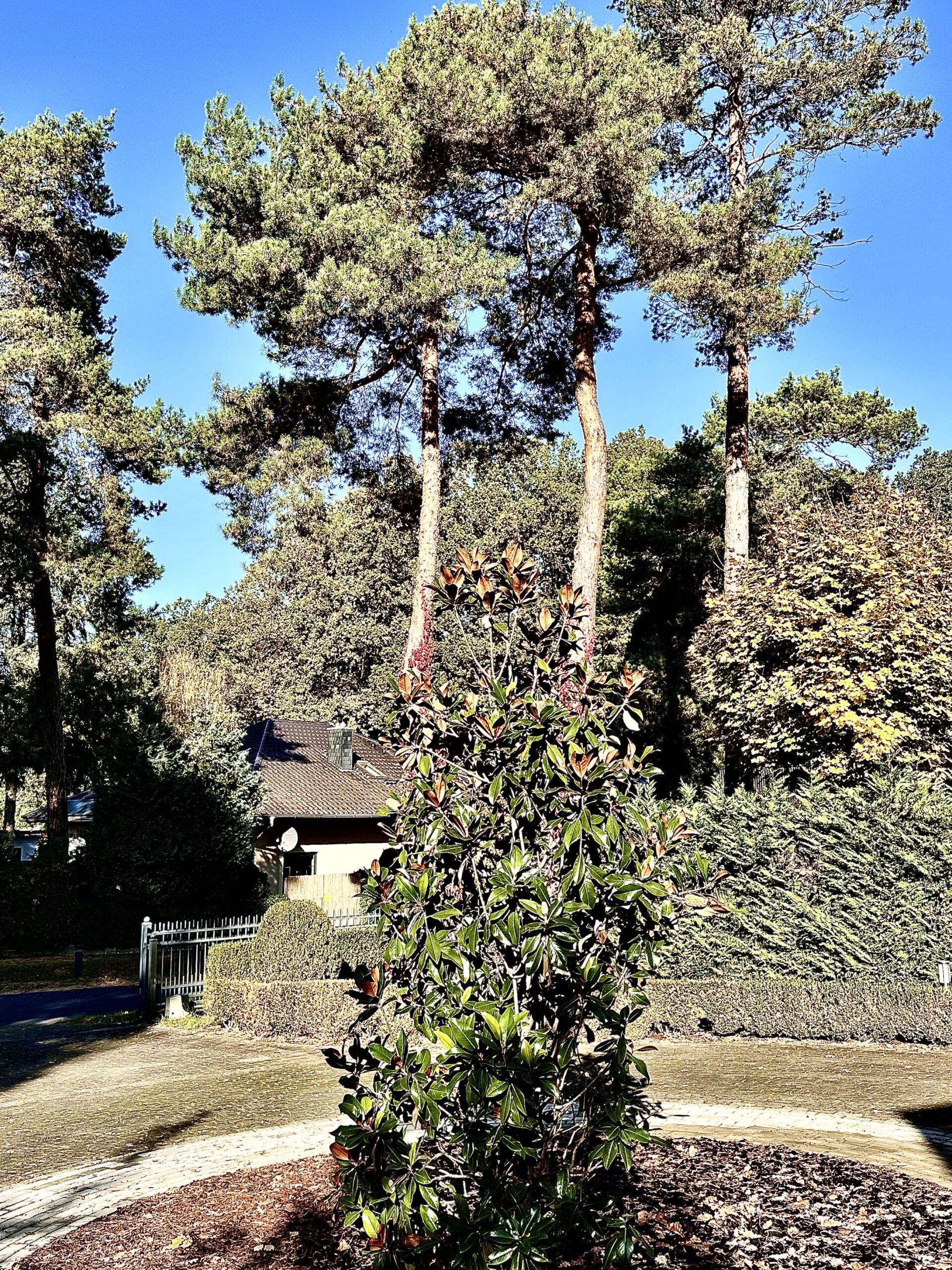Saphenion®: Prophylaxe Venenthrombose mit Aspirin sinnvoll?
Saphenion®: Prophylaxe Venenthrombose mit Aspirin sinnvoll? Ist das Medikament Aspirin (ASS) zur venösen Thromboseprophylaxe oder zur Vermeidung von Arterienverschlüssen 1. Wahl? Schon seit 40 Jahren wird die Bedeutung des Aspirins zur venösen Thromboseprophylaxe intensiv diskutiert. Es wird in den USA viel empfohlen und ist in Supermärkten frei verkäuflich. In den europäischen Ländern hat Aspirin als Medikament zur Thromboseprophylaxe keine Bedeutung mehr.
Saphenion®: Is aspirin useful for preventing venous thrombosis? Is aspirin (ASA) the drug of choice for preventing venous thrombosis or arterial occlusion? The importance of aspirin for venous thrombosis prophylaxis has been the subject of intense debate for 40 years. It is widely recommended in the USA and is freely available in supermarkets. In European countries, aspirin is no longer considered a significant medication for thrombosis prophylaxis.





